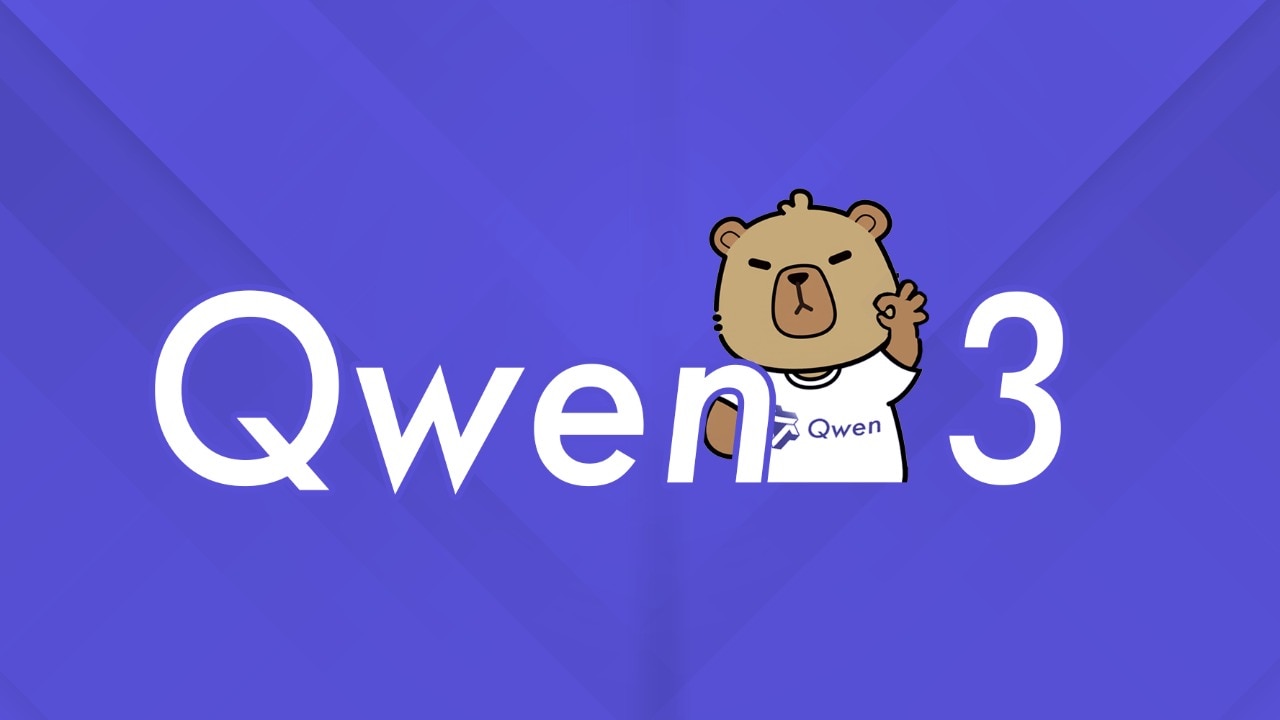Alibaba Introduces Qwen3 AI, Competing with ChatGPT and Google Gemini

Alibaba Launches Qwen3 AI Models: A Look at the New Offerings
Chinese tech giant Alibaba recently unveiled its latest family of AI models known as Qwen3. According to the company, some of these new models surpass the capabilities of popular AI systems like OpenAI’s ChatGPT and Google’s Gemini. This announcement was made in a detailed post on social media platform X, where Alibaba expressed enthusiasm about the advancements in their AI technology.
Overview of Qwen3 Models
The Qwen3 family features a variety of models, including their flagship offering, Qwen3-235B-A22B. This model is reported to deliver impressive performance across several benchmarks, including programming tasks, mathematical operations, and overall reasoning. Alibaba compared its results favorably to additional leading models such as DeepSeek-R1 and Grok-3.
Language Support
One of the standout features of Qwen3 is its multilingual support. The model can understand and interact in 119 languages, catering to diverse linguistic needs. Notable languages supported include:
- Hindi
- Gujarati
- Marathi
- Punjabi
- Bengali
- Urdu
This extensive language capability will help broaden the accessibility of AI technology to users across different regions and backgrounds.
Model Types and Configurations
The Qwen3 suite includes eight distinct models that range in size from 0.6 billion to 235 billion parameters. These comprise both dense and Mixture of Experts (MoE) structures, which are designed for varying levels of performance and efficiency.
- Top Performer: Qwen3-235B-A22B with 235 billion parameters
- Smaller MoE Model: Qwen3-30B-A3B with 30 billion parameters
- Compact Model: Qwen3-4B can perform comparably to larger models like Qwen2.5-72B-Instruct.
Alibaba made the two MoE models, Qwen3-235B-A22B and Qwen3-30B-A3B, available with open weights, allowing for greater accessibility for developers and researchers. In addition to the MoE models, six dense models are also included in the offering.
Availability and Deployment Options
Users can find the Qwen3 models on platforms like Hugging Face, ModelScope, and Kaggle. Both pre-trained and post-trained versions are offered, providing flexibility in how these models can be utilized. For deployment, Alibaba recommends using tools such as SGLang and vLLM, while local applications can be supported through frameworks like Ollama and KTransformers.
Features and Benefits
Scalable Performance
One of the key advantages of the Qwen3 models is their scalable performance, allowing users to adjust the quality of responses based on their computational budget. This adaptability offers an optimal balance between speed, cost, and capability, making these models suitable for various applications.
Enhanced Problem-Solving Capabilities
Qwen3 models are particularly effective for coding tasks and complex interactions. They exhibit improved multi-step reasoning abilities, which can significantly enhance their performance in detailed problem-solving scenarios.
Hybrid Thinking Modes
Alibaba introduced a unique feature called "hybrid thinking" within the Qwen3 models. There are two operational modes:
- Thinking Mode: This mode processes information step-by-step, enabling the model to deliberate before providing a final answer.
- Non-Thinking Mode: Focused on speed, this mode delivers immediate responses without as much depth.
This dual-mode system allows users to dictate how much "thinking" the model performs based on their specific requirements, optimizing both the cost and quality of the output.
Tailored Solutions for Users
Alibaba emphasizes that this flexibility empowers users to configure task-specific budgets effectively. This customization ensures that users can achieve the best results based on their individual needs, significantly enhancing the utility of the Qwen3 models in various scenarios.






